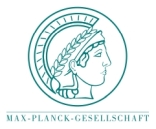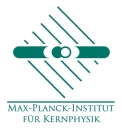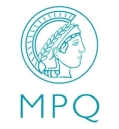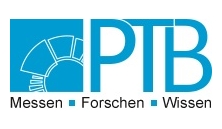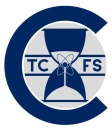Max Planck-RIKEN-PTB Center for
Time, Constants and Fundamental SymmetriesSympathetic cooling of antiprotons by resonant coupling to laser-cooled beryllium ions
Involved senior scientists and institutions in alphabetical order:
K. Blaum,
H. Katori,
C. Ospelkaus ![]() ,
P. Schmidt,
T. Udem,
S. Ulmer –
MPIK,
MPQ,
PTB,
RIKEN
,
P. Schmidt,
T. Udem,
S. Ulmer –
MPIK,
MPQ,
PTB,
RIKEN
High-precision magnetic moment measurements on antiprotons are carried out in traps with ultra-strong magnetic bottles. In such traps with magnetic gradients which are typically 2000-fold stronger than in lepton experiments, cyclotron quantum transitions reduce the spin state detection fidelities, due to radial mode heating. The cyclotron quantum transition rates scale with the temperature in the radial modified cyclotron Penning-trap mode, and acceptable spin state detection fidelities are only reached at particle temperatures on the 100 mK range. Such particles are currently being prepared by sub-thermal resistive cooling, using thermal detection resistors at a physical temperature of 4 K. In high-precision magnetic moment measurements the cooling cycles require about 60% of the measurement time budget. This demands for the implementation of a reservoir in the trap, which is at ultra-low temperature and provides short thermalization times. Proton and antiproton magnetic moment measurements will dramatically profit from the implementation of such a reservoir. To achieve efficient preparation of the desired particle temperatures, we can take advantage of the major successes in cold ion trap experiments over the past few decades. Doppler cooled Be+ ions at sub mK temperatures will be prepared in a common-endcap Penning trap, close to the trapped antiprotons. Image current coupling will efficiently reduce antiproton motional mode temperature. From feasibility studies we anticipate, that mK mode temperatures can be deterministically prepared on timescales of seconds. The successful implementation of this method in antiproton magnetic moment measurements will provide at least 10-fold improved experimental resolution. The logically achieved higher sampling rate will provide the possibility to constrain coefficients on diurnal variations of fundamental particle properties, which are predicted by Lorentz violating extensions of the Standard Model. Moreover, the reduced cyclotron energy creates a path towards resolving coherent spin-dynamics, reducing the widths of g-factor resonance lines and facilitating the application of phase sensitive detection techniques in direct measurements of the cyclotron frequency. The latter will have immediate impact on both, high-precision measurements of the proton and antiproton magnetic moments as well as comparisons of the proton-to-antiproton charge-to-mass ratio and will provide the most stringent tests of CPT invariance in the baryon sector.
